Museum of Scotland- Industry, Geology and Archeology.
- scottstuart
- Feb 12, 2018
- 2 min read
Great display of industrial machinery, geology and most importantly ( and why I came) burial urns. It called to mind the sounds and smells of working mills and factories, I suppose in a way much of that has gone. Only in very specific places can it be found still, like the steel works in Wymondham where I have sourced some steel to build a kiln. Oil, swarf, grime all seems to have an odour of potential production which is somehow alive, not like the green fluorescent tint and carpet tile smell of the office environment. Again, not to romanticise about the industrial age. You are more likely to lose a finger in a loom than a keyboard.
Good to see these stratified rock forms and the the relationship between the minerals and materials of a location relating to its industrial heritage. No coal, no iron, no industry.
A fascinating display of burial and ceremonial vessels.
A number of things to note.
Building methods and decoration- coiled and incised pattern work if any detail at all. varying quality of workmanship could indicate different craftsmen or family made?
How sherds are displayed in a new acrylic (?) vessel
Some vessels displayed 'upside down'- this prompted a whole discussion with Alice the archeologist as to why this might be. I wondered if the vessels were placed that way so that the remains were closer to the ground but she told me that there didn't seem to be any correlation with this thinking and how finds were discovered in the ground although it was not unreasonable to suppose the possibility.
It did make me consider the shapes I was considering using and how they might be displayed.
I was also interested in how the Celtic cross was displayed as a fragment to be seen from both sides...
Recent Posts
See AllYour large totemic work is very impressive. I found the layers in core samples fascinating simply because they formed a vertical record...







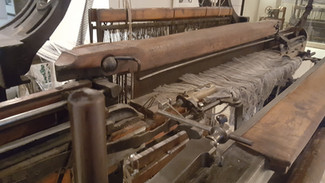







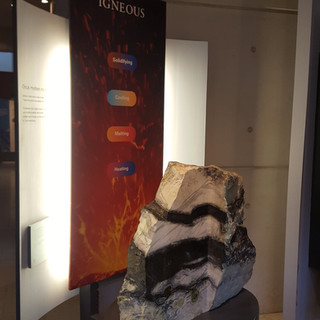









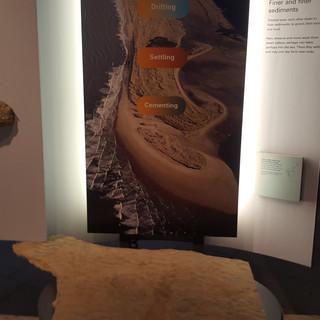









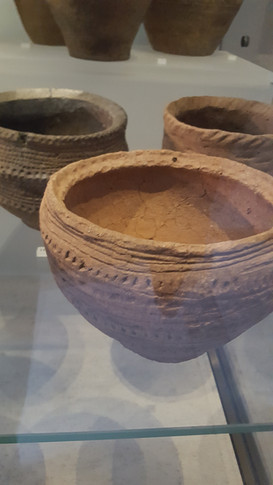







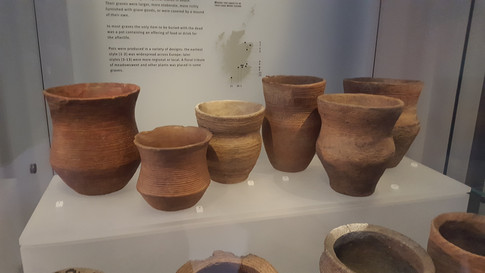





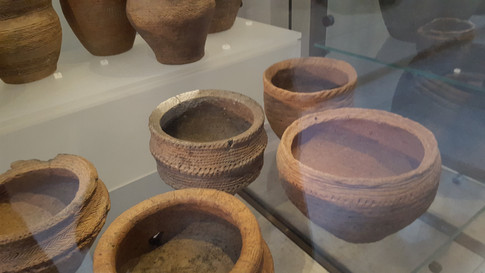










Comentarios